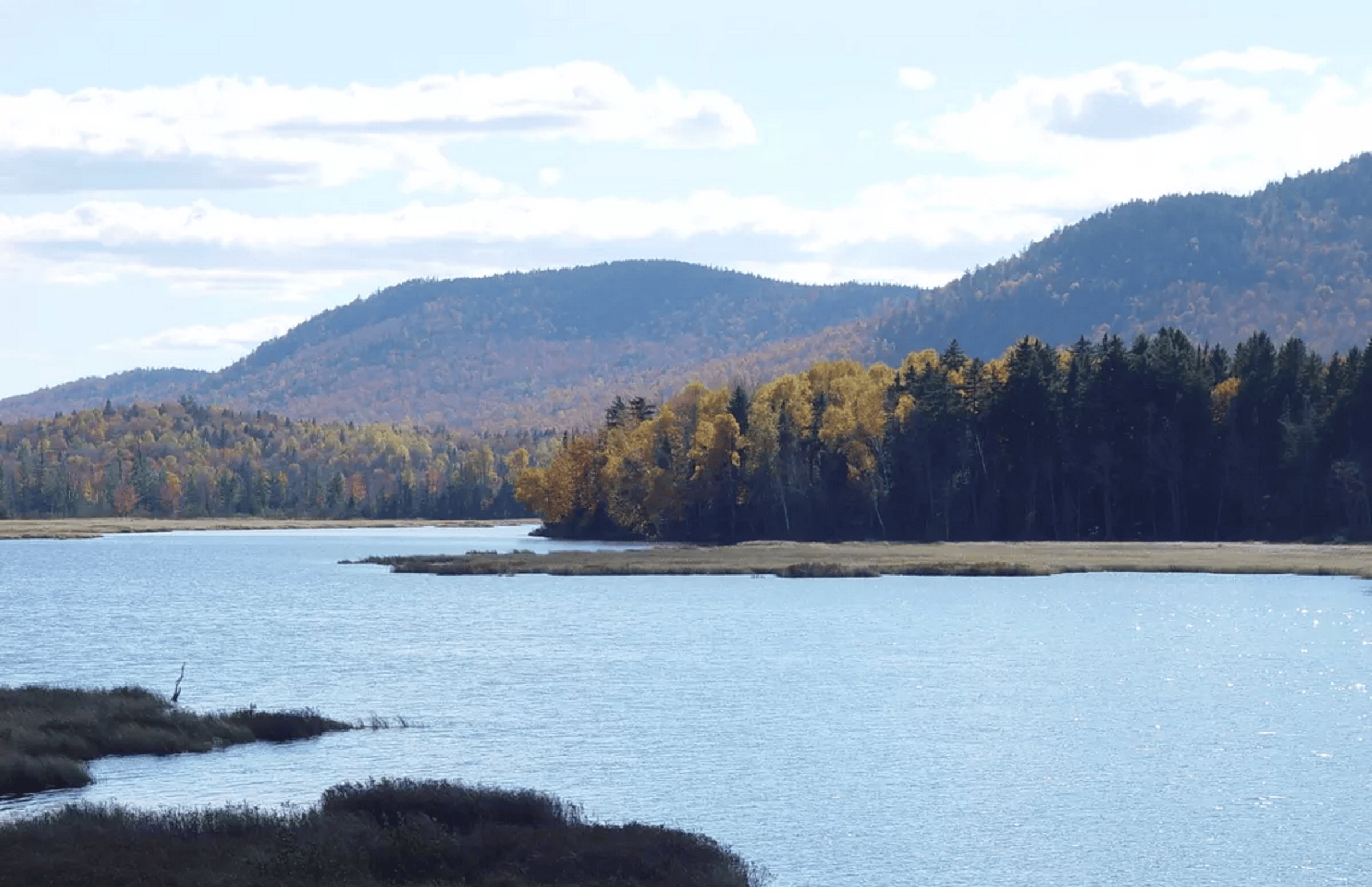Umbagog NWR (overall)

Umbagog NWR (overall)
Errol, New Hampshire 03579
Umbagog National Wildlife Refuge Official WebsiteUmbagog National Wildlife Refuge map
Tips for Birding
When submitting eBird observations at Umbagog National Wildlife Refuge, it is most helpful to start a new checklist for each hotspot in the wildlife refuge. Use the general hotspot when you have a checklist that includes multiple locations or if no other hotspot or personal location is appropriate for your sightings.
As you canoe or kayak on the refuge, wildlife waits around every bend. Bald eagles, ospreys, and loons nest here and are often seen during the summer. Great blue herons, eastern kingbirds, and belted kingfishers are common sightings. Don’t be surprised to see a moose wading or swimming in the water. During fall migration, shorebirds and waterfowl use the area for resting and feeding.
Birds of Interest
Migratory nongame birds like the northern harrier, American bittern, and great blue heron depend on their habitat around Umbagog Lake. Abundant fish populations and wetland habitats support one of the highest concentrations of nesting osprey in New Hampshire. The area's forested wetlands support good numbers of black ducks, ring-necked ducks, and goldeneye. Wood ducks, mallards, hooded, and common mergansers also nest in the area. The lake provides habitats for migrating scaup, three varieties of scoters, and Canada geese.
The area provides a habitat for raptor species such as the bald eagle. In 1989, bald eagles successfully nested in New Hampshire on Umbagog Lake for the first time since 1949.
About Umbagog National Wildlife Refuge
See all hotspots at Umbagog National Wildlife Refuge
Umbagog Lake has extensive wetland complexes that are excellent for waterfowl production. One example is Harper’s Meadow. In 1972, the Secretary of the Interior designated part of the wetlands at Harper’s Meadow as a Floating Island National Natural Landmark. This designation recognized the floating bog and wetlands as a significant natural area, one of a very special group of places illustrating the diversity of the country’s natural history.
Umbagog Lake is more than 7 miles in length and covers more than 7,000 acres, making it one of the largest lakes along the New Hampshire/Maine border. It has an average depth of only 15 feet.
The Umbagog area, unique in its habitats, provides a home to many different species. Situated in the southern range of the boreal forests and the northern range of the deciduous forests, the Umbagog area is a transition zone providing homes to species of both habitat types. A total of 229 bird species have been observed on the refuge, and 137 species are known to breed there. There are many species of songbirds, including 24 varieties of warblers. The abundance of fish in the lakes and rivers provides food for the local populations of osprey and bald eagles. Mink, otter, muskrat, and beaver can be seen in the lakes and rivers while black bears, bobcats, fishers, marten, white-tailed deer, and a dense population of moose inhabit the uplands. The extensive wetlands and marshes provide ideal habitats for waterfowl, such as common mergansers, American black ducks, common goldeneye, and common loons.
Features
Roadside viewing
Restrooms on site
Wheelchair accessible trail
Content from Umbagog National Wildlife Refuge Official Website and New Hampshire’s Wildlife Viewing and Birding Trails, p. 3
Last updated November 22, 2023
